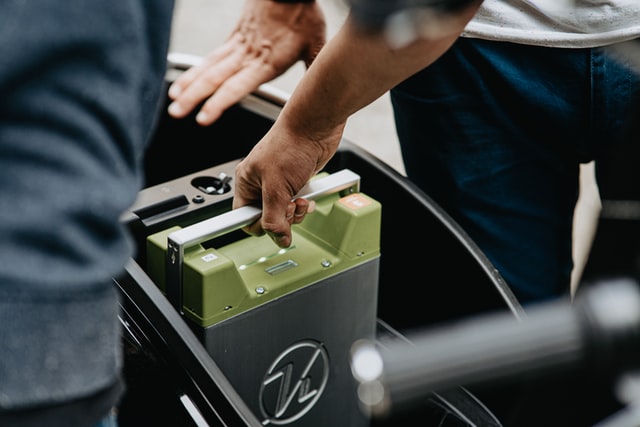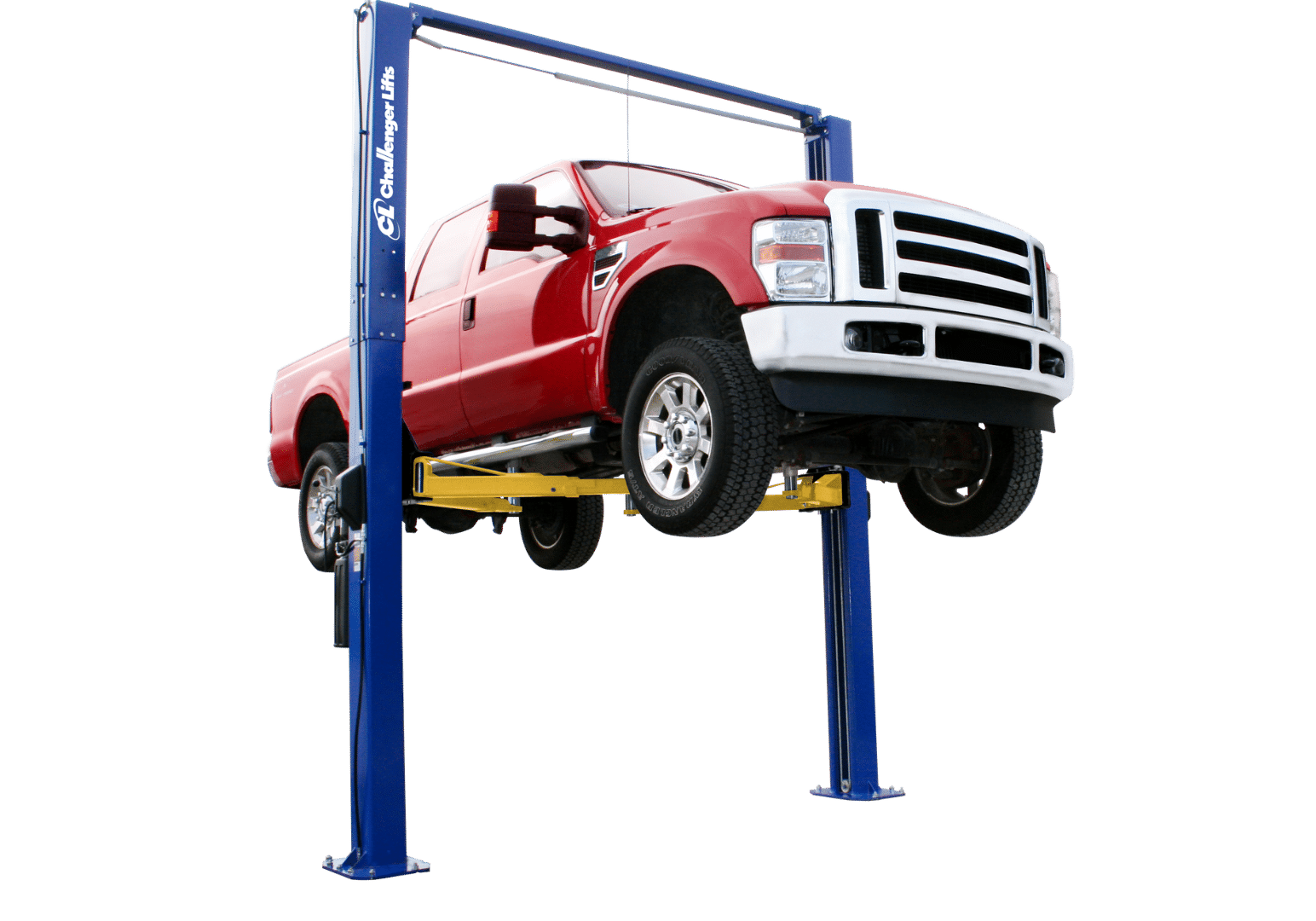Guide to Remove and Replace Your Car Battery Safely

Changing your car battery is one of the easiest maintenance jobs you can do yourself. However, there are some complications and research to be done before you replace the battery. To find out the right battery for your car, you can always check the current battery specs, the owner’s manual, or refer to a car buying website that offers plenty of specs and other info.
Before we delve into the procedures, we need a basic understanding of automotive batteries and how they work. Modern cars including gas, diesel, and even electric run on a 12V system. Unfortunately, cars still use regular lead-acid batteries because of their low cost and easy availability. Compared to the lithium-ion batteries used by modern smartphones and other electronics, lead-acid batteries are capable of storing a lot of charge and output high output for short periods of time, making them perfect for use in cars.
Like most batteries, draining a lead-acid battery completely by leaving on a cabin light overnight can easily damage it, drastically reducing life and efficiency. A lot of luxury cars also use a secondary battery to power all the electronics, while the main battery is used to start the engine. Similarly, most electric cars like Teslas also use a regular 12V battery to run basic electronics like door locks, alarms, lights, and more.
When to replace your battery?
As a general rule, car batteries will last just over 5 years in an ideal case, while some models die out around the 2-year mark. Whichever the case, you’ll start noticing signs of a degrading battery well before it finally kicks the bucket. If your battery is still under warranty, the dealers will swap it out or give you a discount with your next battery.
If your battery is getting on in age, some features like the central locking may not work sometimes, and you’ll notice slow cranking during cold starts. While the battery warning light does help in some cases, it is usually too late.
If your car fails to start with a relatively new battery, it might be because of a parasitic draw or an alternator issue. But, in most cases, the battery is usually the culprit so check it first before moving on to anything else. You can jump-start the car using battery leads or use a trickle charger to charge the battery directly.
In the case of manual cars, you can also try jump starting the car by engaging first gear and popping the clutch while the ignition is on and the car is being pushed. If the car starts, let it idle for at least 10 -15 minutes to make sure it’s able to start again.
Another common issue that is often overlooked is corroded battery terminals. As the car is being used, corrosion occurs at the terminals and causes connection problems. To clean the terminals, use a wire brush with a solution of baking soda and water. Wait for everything to dry out before connecting the terminals again.
If the battery terminals are secure and clean, the next logical step is to load test your batteries. Most auto part stores usually do the check for free and determine the life of the battery. If the load test shows low results, it’s time to switch out your battery.
Precautions
Because you’re dealing with electricity, there are several precautions to take before you switch out the battery.
-
Always wear a pair of thick rubber gloves to avoid coming in direct contact with the terminals
-
Double-check the connections and avoid swapping battery cables and battery posts
-
If the old battery is leaking, take extra care not to spill acid on the engine bay, car paint, or yourself when lifting it out
-
Make sure the car is turned off and in park with the emergency brake engaged
-
Avoid changing the batteries in wet conditions and don’t connect the terminals to anything metal
-
Buying a replacement battery
-
When buying the new battery, always double-check the specs and compare it with your old one to see if they match. Batteries are usually rated using total amperage and CCA (Cold Cranking Amps). If the replacement battery has fewer CCAs than the original, the car may struggle to start and the battery will wear out sooner.
-
Battery sizes are also important, and they are usually grouped into different sizes like 24, 24F, 34, etc. To make sure the new battery fits securely in the engine bay, make sure it’s the same size as the original.
-
A new battery will usually cost between $50 to $120, while some high-end cars use expensive batteries that can cost between $90 to $200. In total, there are more than 40 types of batteries available, so make sure you buy the right one for your specific car.
-
Also, it should be noted that taking your car to a dealership to swap batteries will cost a whole lot more, so it is recommended to switch it out yourself to save a lot of money.
-
Changing the battery
-
Changing your car’s battery will take roughly around 15 – 30 minutes and will require a socket set. In most cases, the terminals are secured using 10mm(0.4-inch) nuts.
-
Use the wrench to remove the negative terminal from the old battery. In some cases, there will be a cap to secure the battery post.
-
Similarly, remove the positive cable next. Avoid metal on metal contact with the terminal as it may spark.
-
Once both terminals are loosened and removed, secure the battery connectors.
-
Loosen the battery hold-down fasteners and clamps to get it free from the tray
-
Now comes the hard part, lift the old battery out and avoid damaging the battery tray and car paint in case of a battery leak.
-
Before you install the new battery, clean the battery clamps and battery tray to remove any corrosion and dirt. A wire brush can be used to clean the battery terminals of the new battery to avoid any connection issues.
-
Lift the new battery into the battery tray, taking care to align it properly so that the terminals are in the right place.
-
Secure the battery to the holder using the tie-downs and fasteners
-
Reconnect the positive terminal first, and make sure the cable is secured.
-
Next, reconnect the negative terminal to complete the circuit
-
Make sure all the connections are wired properly and the battery is secured.
-
Turn on the ignition and check if all the electrics are working. Then start the car and make sure it starts quickly without any delay or slow crank.
-
You’re done! Jot down the date you changed the battery as a reference for your next battery change.
-
Additional tips
-
Periodically check the battery for any terminal corrosions and leaks. In colder climates, service the battery terminals with petroleum jelly to avoid corrosion.
-
If your car battery is already 5 years old, get ready for a replacement sooner than later
-
Always keep in mind that in some cases, the issue might be with the car’s electrics or alternator, and not with the battery.
-
Do not tip the battery during installation or transportation to avoid the acid leaking out.








